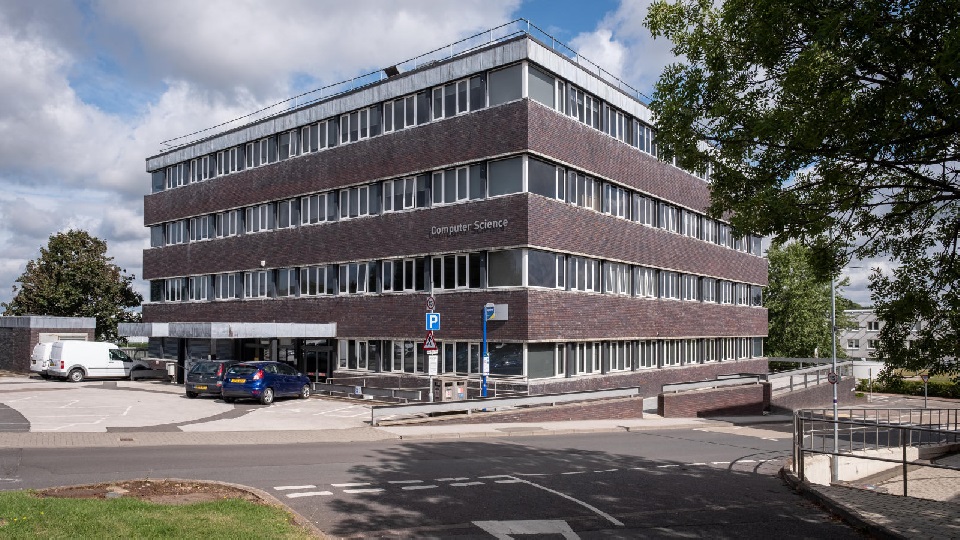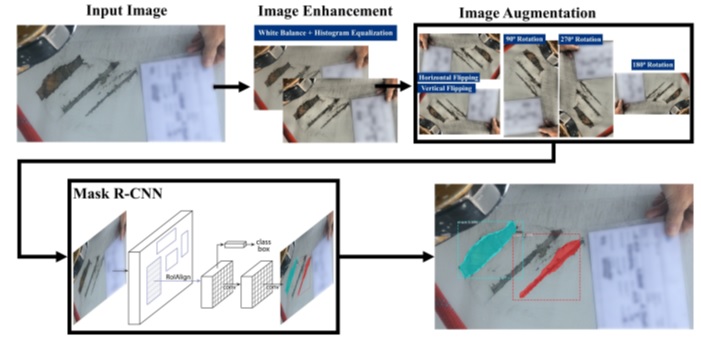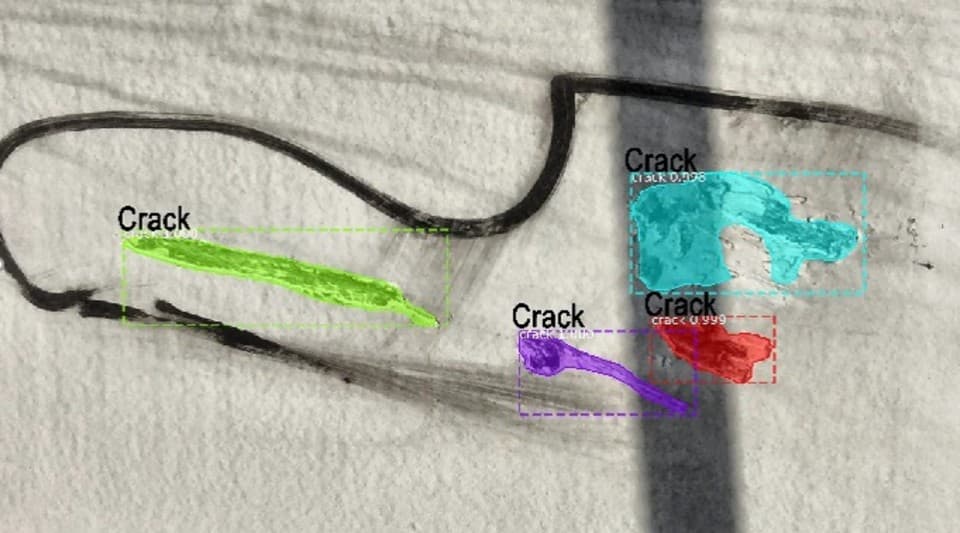From visual thermography to ultrasound, a wide range of blade inspection techniques have been trialled, but all have displayed drawbacks.
Most inspection processes still require engineers to carry out manual examinations that involve capturing a large number of high-resolution images. Such inspections are not only time-consuming and impacted by light conditions, but they are also hazardous.
Computer scientists at Loughborough University have developed a new tool that uses artificial intelligence (AI) to analyse images of wind turbine blades to locate and highlight areas of defect.
And better yet, the system, which has received support and input from software solutions provider Railston & Co Ltd, has been ‘trained’ to classify defects by type – such as crack, erosion, void, and ‘other’ – which has the potential to lead to faster and more appropriate responses.
The proposed tool can currently analyse images and videos captured from inspections that are carried out manually or with drones.
Future research will further explore using the AI tool with drones in a bid to eliminate the need for manual inspections.
Research leads Dr Georgina Cosma and PhD student Jiajun Zhang trained the AI system to detect different types of defects using a dataset of 923 images captured by Railston & Co Ltd, the project’s industrial partner.
Using image enhancement and augmentation methods, and AI algorithms (namely the Mask R-CNN deep learning algorithm), the system analyses images then highlights defect areas and labels them by type.


